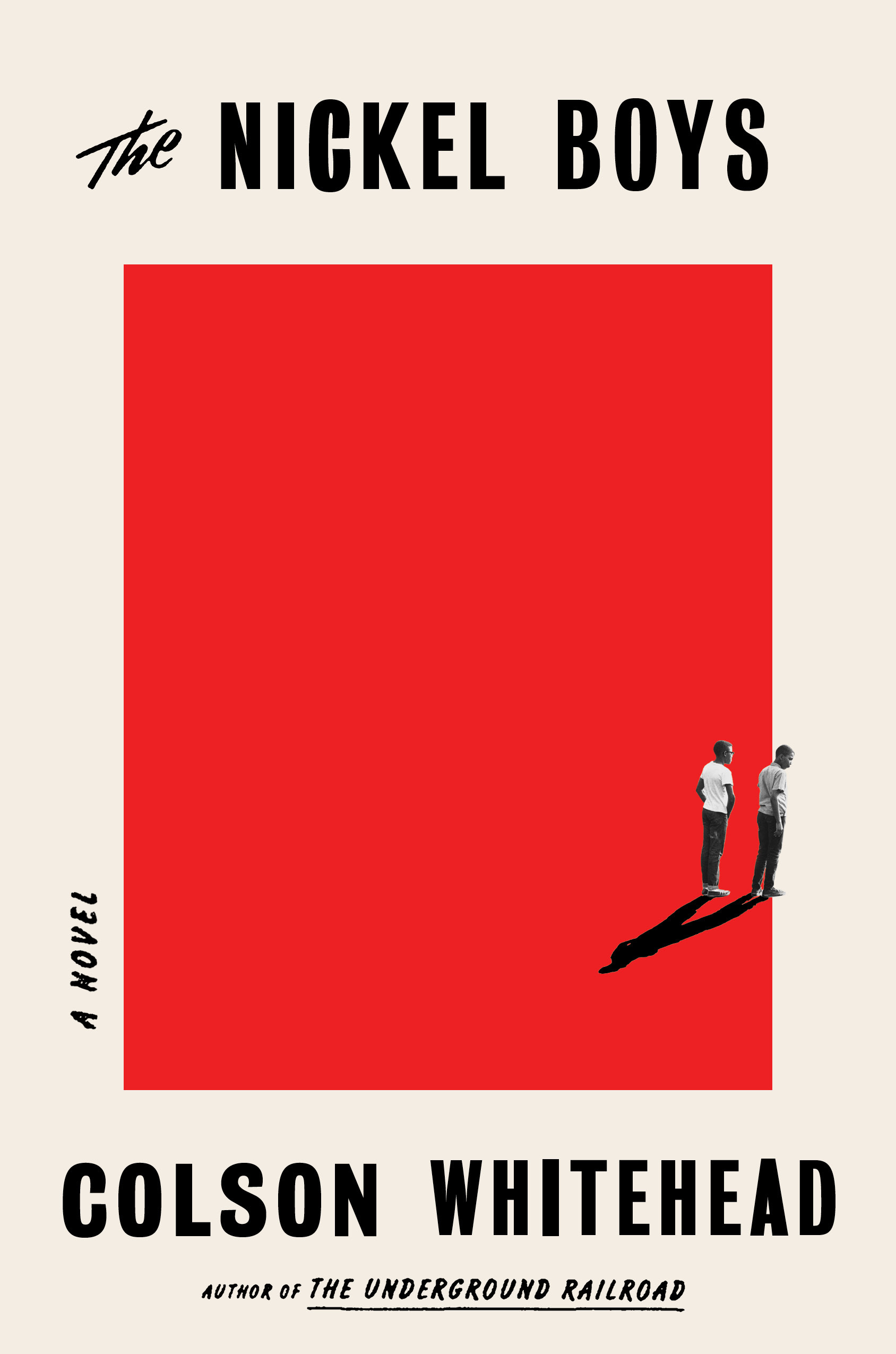When we meet Elwood, he’s a quiet high school student whose greatest act of rebellion is listening to a record album of Dr. Martin Luther King Jr.’s speeches. It’s the early 1960s, and he’s in Florida where he’s unjustly thrown into a reform school. Luckily while there he falls in with Turner, a streetwise teen who both knows his way around the place and has a healthy disregard for authority.
Based on the real-life Dozier School for Boys, The Nickel School has a similar history of dark and violent activities under whitewashed surfaces. The Dozier School came to national attention in 2014 when a number of bodies were found on the property in unmarked graves.
Elwood and Turner are fully inhabited characters, young men that we root for and worry about. Simultaneously, their worldviews align with two different paths: Martin Luther King’s trust in systems to eventually achieve justice, and a more revolutionary, even anarchic assumption that the only hope for change is disruption.
The book follows one of the boys through to a life beyond the school — grown up, in New York City, having and failing at relationships. He is marked by trauma, far more than he wants to admit. But he made it.
The book is a phenomenal demonstration of Whitehead’s expansive talent. He can draw scenes swiftly; make us care for these young men in the distant past; and never forget that we’re seeing a lens on our own culture. We may not be in Florida and behind those gates, but our world is still populated by young black men with big ideas that are blocked and abused by white authority figures.
“The Nickel Boys” is a stunning follow up to his equally stunning novel “The Underground Railroad.” Reading it I couldn’t help think how lucky we are to be living at a time when such a gifted writer is working at the top of his art.
— Carolyn Kellogg


 The Nickel Boys by Colson Whitehead (Doubleday)
The Nickel Boys by Colson Whitehead (Doubleday) 